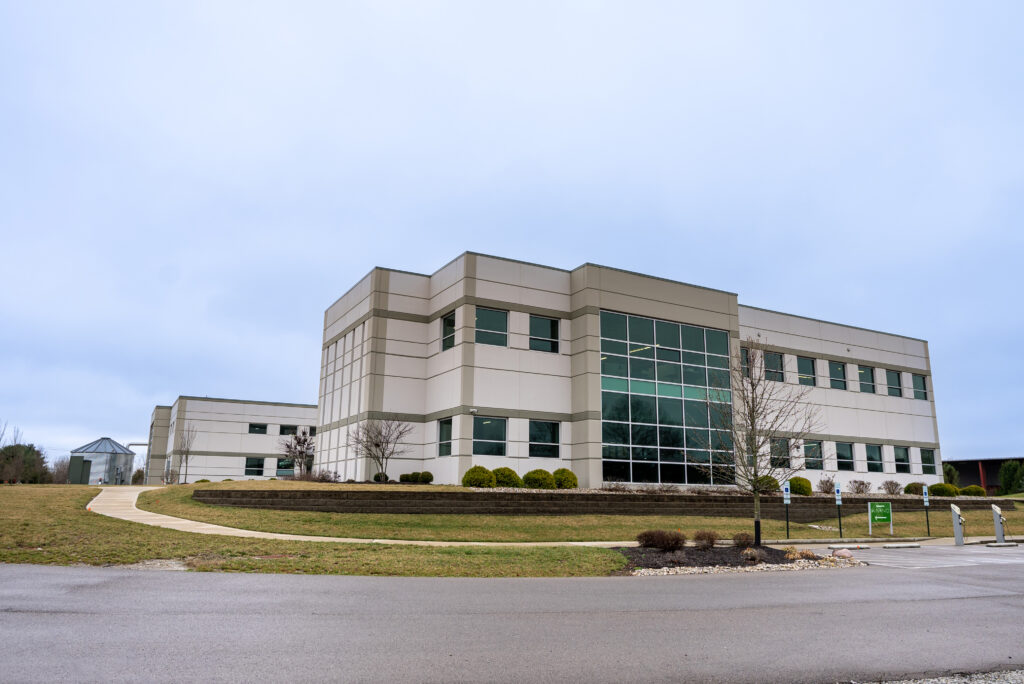Newsroom
Press contact
Hyliion Hosts a KARNO™ Technology Showcase Event at its New Cincinnati, Ohio, Facility
Hyliion will host a KARNO Technology Showcase event on Thursday, April 4, 2024, at the Hyliion Cincinnati, Ohio, facility. The KARNO generator is a fuel-agnostic solution, enabled by additive manufacturing,...
read the article
Hyliion Regains Compliance with NYSE Continued Listing Standards
AUSTIN, Texas – March 4, 2024– Hyliion Holdings Corp. (NYSE: HYLN) (“Hyliion”), a developer of sustainable electricity-producing technology, today announced that it received formal notice from the New York Stock...
read the articleHyliion Holdings Reports Fourth-Quarter and Full-Year 2023 Financial Results
Hyliion Holdings Corp. (NYSE: HYLN) (“Hyliion”), a developer of sustainable electricity-producing technology, today reported its fourth-quarter and full-year 2023 financial results. Key Business Highlights Executive Commentary “I’m pleased to report...
read the articleHyliion Names a Power Generation Industry Veteran Govi Ramasamy as Chief Commercial Officer
AUSTIN, Texas–(BUSINESS WIRE)–Hyliion Holdings Corp. (NYSE: HYLN), a developer of sustainable electricity-producing technology, has announced that Govindaraj (Govi) Ramasamy has joined the company as Chief Commercial Officer. In his role,...
read the articleHyliion Holdings Schedules Fourth-Quarter and Full-Year 2023 Financial Results Conference Call and Webcast for February 14, 2024
AUSTIN, Texas – February 2, 2024 – Hyliion Holdings Corp. (NYSE: HYLN), a developer of sustainable electricity-producing technology, today announced it will host a conference call and accompanying webcast at...
read the articleHyliion Begins Printing Production-Intent Design Components of the KARNO™ Generator
AUSTIN, Texas–(BUSINESS WIRE)–Hyliion Holdings Corp. (NYSE: HYLN), a developer of sustainable electricity-producing technology, today announced that it has begun printing parts for its production-intent design of the KARNO generator (BETA)....
read the article


